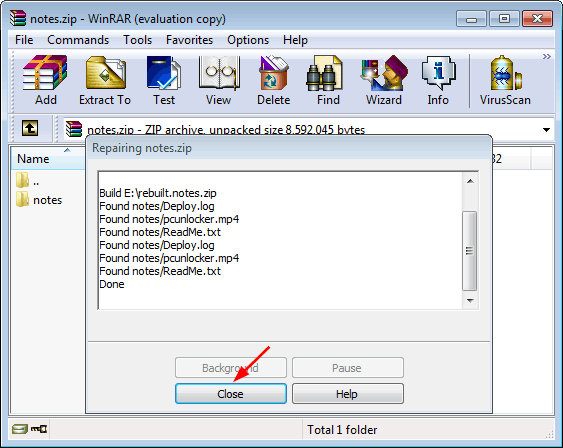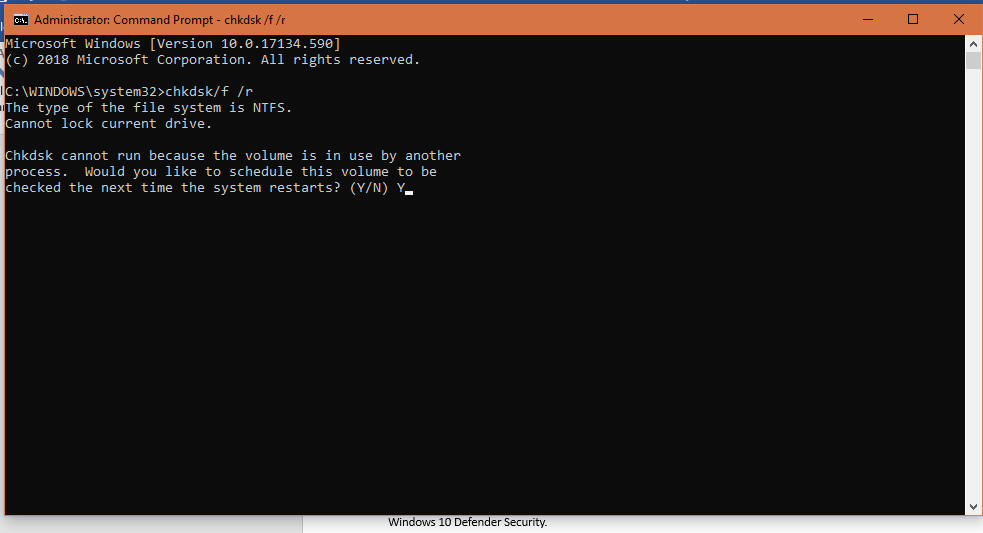
- How to check for corrupted files on windows 8 how to#
- How to check for corrupted files on windows 8 update#
- How to check for corrupted files on windows 8 windows 10#
- How to check for corrupted files on windows 8 Pc#
How to check for corrupted files on windows 8 update#
However, for exceptional cases(variants) such as the Windows 7 or earlier versions, Microsoft usually provides the option of a downloadable "System Update Readiness Tool" as an alternative.
How to check for corrupted files on windows 8 windows 10#
In such instances, the DISM command can be a lifesaver especially for Windows 8 or Windows 10 as it helps through repair of the underlying Windows system that has been destroyed. Note that the System File Checker may not work in some specific cases and this is mainly depending on the file system.

How to check for corrupted files on windows 8 how to#
How to Run the DISM Command to Fix SFC Not Working Issues? After this, you need to run the command discussed above in safe mode.

Note that for early Windows versions, you may have to press and hold the F8 key as the booting process takes place.
How to check for corrupted files on windows 8 Pc#
Note: For PC users that are using Windows 10 version, retrieving the safe mode may prove to be quite difficult since the booting process takes just a few minutes, however, it can be achieved by pressing and holding the restart button so as to hop them to gain access to the advanced boot options menu. Then, you need to reboot your PC and enter into the Safe Mode before doing anything else. On the contrary, you can get a message "Windows Resource Protection found corrupt files but was unable to fix some of them". When the process is completed, and there are no errors, a message will prompt and show you a message like this "Windows Resource Protection did not find any integrity violations". The process may take a while on the basis of the condition of your computer system. At this point, you can leave the window of the command prompt open until the command has fully completed its execution. Doing this will assist you in performing a complete system scan: SFC/scannow. Type the following command in the provided command prompt section of the Windows and hit the "enter button". When the SFC command is running, then you can follow the below steps to fix corrupted Windows system files. However, in case you're using a Windows version that's different, you can simply access it by searching through the start menu for command prompt, select it by right-clicking on it and then, choose the option to "Run as Administrator'. When you're using Windows 10 version, you simply need to right-click at the "Start" key and choose the "Command Prompt (Admin). This process is usually carried out from the Prompt Window of the Administrator Command.

For example, where it comes across a file that has been modified, it automatically replaces that file with a correct file format (version) as a way of assisting the PC user. However, it is not limited to that and it can also check out for other errors. The System File Checker (SFC) is specially designed and put in windows to enable scanning of the corrupted Windows system files. How to Run the SFC Command to Fix Corrupted Windows System Files? You can go through them and follow them to fix your corrupted or crashed system files easily. In this post, you can learn 3 different ways to fix corrupted Windows system files step by step. So, if you want your Windows to run well, you need to fix or repair these corrupted system files. A corrupt file system may result from a system crash, virus attack, or an error in PC operation.

When Should the Commands Be Run to Fix the Corrupted Files?Ī corrupted file system means that the file format has been modified from the original form and it may be inaccessible and cannot be operated.


 0 kommentar(er)
0 kommentar(er)
